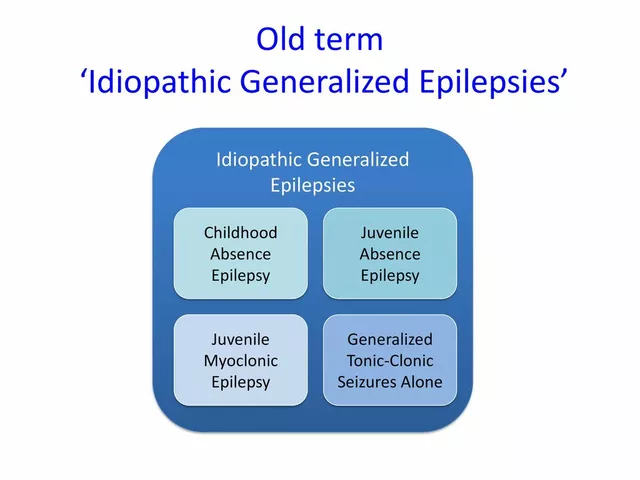Rasagiline: What It Is, How It Works, and What You Need to Know
When you hear rasagiline, a prescription medication used to treat Parkinson’s disease by slowing the breakdown of dopamine in the brain. Also known as Azilect, it’s one of the few drugs designed specifically to target the brain’s dopamine system without causing major side effects like older treatments. Unlike drugs that replace dopamine directly, rasagiline helps your body hold onto what it already makes—making it a quiet but powerful ally for people managing Parkinson’s day to day.
Rasagiline belongs to a class of drugs called MAO-B inhibitors, a type of medication that blocks an enzyme that breaks down dopamine. This is different from levodopa, which adds dopamine to the brain, or selegiline, an older MAO-B inhibitor that works similarly but has more interactions and side effects. Rasagiline is cleaner, simpler, and often better tolerated. It’s used alone in early Parkinson’s or with levodopa later on to smooth out the ups and downs of symptom control.
People who take rasagiline often notice fewer tremors, better movement, and less stiffness—not because it’s a miracle drug, but because it gives the brain a steady, low-level boost. It doesn’t cause the sudden spikes or crashes you get with some other meds. That’s why many doctors start with it when symptoms are mild. It’s also taken once a day, no food restrictions, and doesn’t require the strict diet you’d need with older MAO inhibitors. That’s a big deal for daily life.
But it’s not for everyone. If you’re on certain antidepressants or pain meds, rasagiline can cause dangerous reactions. That’s why your doctor checks your full list of meds before prescribing it. And while it’s generally safe, some people report headaches, dizziness, or trouble sleeping. These usually fade after a few weeks. The real win? Studies show it may slow progression in early Parkinson’s—not just manage symptoms. That’s rare in neurology.
What you’ll find in the posts below isn’t just a list of articles—it’s a practical toolkit. You’ll see how rasagiline stacks up against other Parkinson’s drugs, what real patients say about side effects, how to tell if it’s working for you, and what to watch for when combining it with other treatments. There’s no fluff, no theory without application. Just clear, direct info from people who’ve been there—and doctors who’ve seen the results.
Rasagiline’s Role in Slowing Parkinson’s Disease Progression
Explore how rasagiline works, its neuroprotective evidence, and practical tips for using it to potentially slow Parkinson's disease progression.
About
Medications
Latest Posts


Myoclonic Seizures and Advocacy: How to Make a Difference
By Orion Kingsworth May 5, 2023
Unlock the Secrets of Date Palm: The Ultimate Dietary Supplement for a Healthier You!
By Orion Kingsworth Jun 2, 2023

Sweet Violet: The Natural Dietary Supplement to Support Your Health Goals
By Orion Kingsworth Aug 1, 2023

